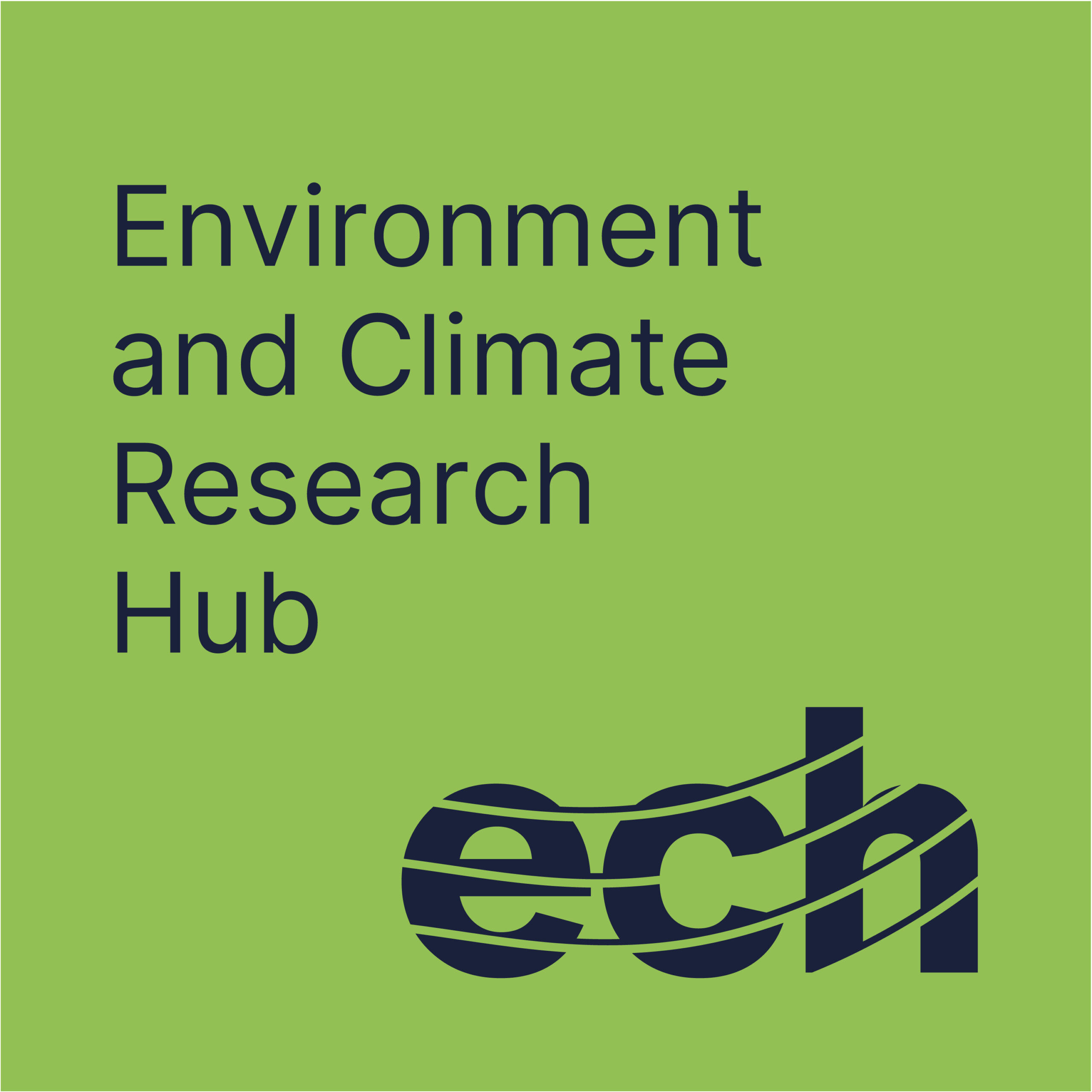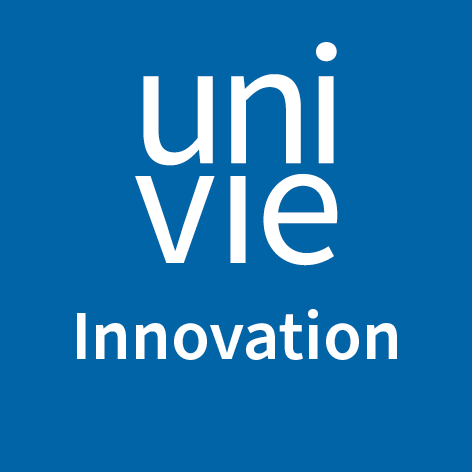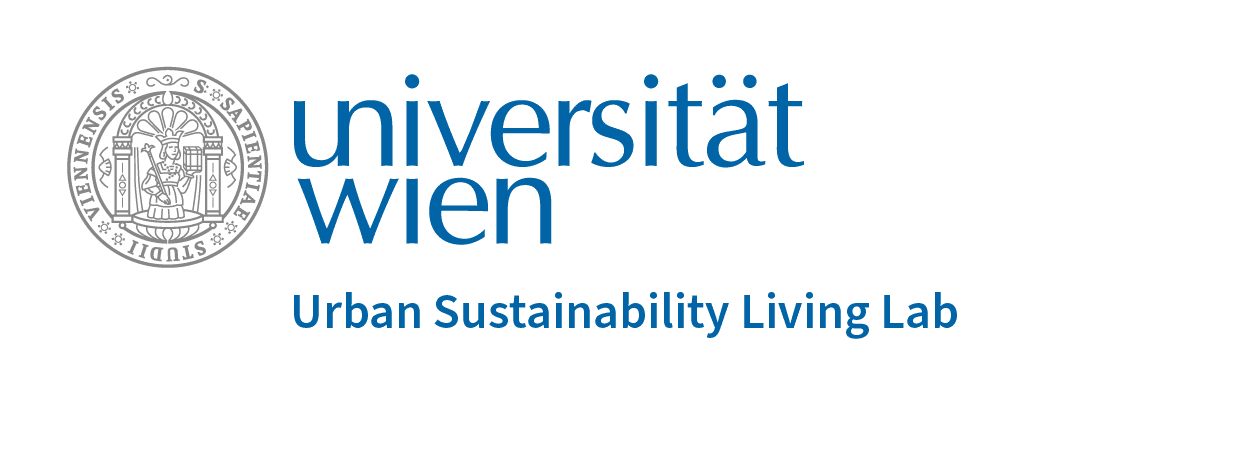Science for
Policy Hackathon
In the Science for Policy Hackathon students and early-career researchers collaborate in interdisciplinary teams to tackle real-world policy challenges from the City of Vienna, applying their expertise to develop science-based solutions for societal issues like climate change and biodiversity.
The Importance
of Science for Policy
Science and research play a crucial role in policymaking by providing evidence that helps decision-makers evaluate the potential outcomes of their actions or inactions. As societal challenges such as climate change and the policies needed to address them become more complex, more frequent interactions between researchers and policymakers are needed. However, despite the growing demand for evidence and acknowledgement of potential benefits, it can be difficult for researchers to know how to effectively engage in the policymaking process.
Please apply by 15th November, 2024 to be part of the Science for Policy Hackathon. The number of spots available for participants is limited.
The Challenges
In the registration process you can select one or more challenges that you would like to work on during the hackathon. This will help us to prepare the matchmaking for the teams during the kick-off on 19 November. The city’s challenges will be presented and specified in detail by city experts at the kick-off on 19 November (e.g. focusing on specific target groups or locations in the city of Vienna).
Climate and Health:
The Effects of Heat on Well-Being
For this challenge, participants are asked to investigate the direct and indirect adverse effects of heat on residents in Vienna. Widening the access to cooled environments during heat waves has been identified by the City of Vienna as a priority. The challenge will focus on identifying gender-specific and/ or other impacts (age, socio-economic factors etc) and assessing issues of social justice related to access to and distribution of cooled environments. Participants will develop actionable policy recommendations tailored to Vienna’s unique urban and social context. Challenges to be addressed:
- How is Vienna currently impacted by heat and how will it most likely be impacted by heat and heatwaves in 2030 and 2050? Which areas of the city are most impacted?
- What are the specific direct (e.g., heat-related illnesses) and indirect (e.g., mental health impacts, strain on healthcare systems) impacts of heat on different socio-economic groups in Vienna?
- Who are the most vulnerable groups to heat and how does heat exposure affect the well-being of these groups within the urban environment of Vienna?
- Are there gender-specific vulnerabilities or disparities in Vienna that exacerbate the effects of heat?
- How do socioeconomic and demographic factors influence access to cooling in Vienna, and what are the implications for health equity during heatwaves?
- How are marginalized communities (immigrants, refugees, homeless people, poor people and ethnic minorities) disproportionately affected by both heat exposure and limited access to cooling resources?
- How should target-group specific communication be designed in order to effectively inform various groups, especially those that are difficult to reach due to language barriers and limited access to media, about services and measures against heat?
Participants should clearly define and justify the target groups they focus on, considering factors such as age, socioeconomic status, health conditions, occupation, and gender within the specific context of Vienna. After a detailed analysis of the current situation, policy recommendations to reduce the impact should be proposed. This can include immediate actions to protect specific demographics and long-term strategies to mitigate the effect of heat in Vienna through urban planning.
Background information City of Vienna: Smart Climate City Strategy, Cooles Wien, Cooling Zones, Cooles Wien App
Relevant National and International initiatives and strategies: Hitzeaktionsplan / Heat Action Plan
Data sets: Open Government Data
Inclusive and Sustainable Mobility:
Reducing Barriers to Climate-Friendly and Active Modes of Transport
This challenge focuses on the barriers to using climate-friendly and active modes of transport. Participants are tasked with examining the usage patterns of various demographics and exploring how these insights can inform more inclusive and sustainable mobility solutions. Challenges to be addressed:
- What physical, social, economic, and informational barriers exist in accessing and using climate-friendly or active modes of transport in Vienna?
- What barriers to sustainable mobility exist for vulnerable, marginalized or mobility impaired groups who would like to rely more on actives modes of transport?
- How can alternative mobility solutions be designed to be more efficient, equitable, and sustainable for all and especially vulnerable and mobility-impaired groups?
- What are the different usage patterns, requirements, and expectations of mobility solutions among various demographic groups, including vulnerable and mobility-impaired groups?
- How can high-income groups (and their infrastructures etc.) be motivated to take more responsibility for sustainable mobility?
Participants are asked to propose targeted strategies and policies that encourage and enable diverse groups to shift towards more sustainable transportation modes. Following a detailed analysis of the current barriers and usage patterns, participants should develop actionable policy recommendations aimed at increasing the inclusivity and sustainability of Vienna’s transport system.
Background Information City of Vienna: Smart Climate City Strategy, Publikationen und Studien der Mobilitätsagentur Wien, Studie “Aktive Mobilität in Wien”, Masterplan Gehen der Bezirke
Relevant National and International initiatives and strategies: Sustainable Mobility Plan Vienna, 2030 Mobility Master Plan, Physical Activity Through Sustainable Transport Approaches
Data sets: Open Government Data
Designing Green Spaces:
Optimizing Microclimate and Biodiversity
This challenge focuses on exploring how green and blue infrastructure can be most effectively designed and integrated within limited urban spaces. Participants are asked to explore how these spaces can be designed to optimize synergies that amplify microclimatic and biodiversity benefits.
- How can green and blue infrastructure be most effectively designed to have the greatest impact on the microclimate and biodiversity within small, available urban spaces?
- Which approaches, materials, species, and spatial configurations can enhance cooling, air quality, and water management?
- What synergies can be achieved by integrating green and blue infrastructure to optimize microclimatic and biodiversity benefits?
- Can specific quantitative and qualitative guidelines or target values for the design of green spaces on building plots (e.g., Green Area Factor) and public spaces be established?
Participants will be tasked with developing recommendations for regulatory measures, design standards, and implementation strategies that can guide urban planners and developers in enhancing green infrastructure to create cooler, more biodiverse, and resilient urban environments that benefit both the ecosystem and the residents.
Background Information City of Vienna: Smart Climate City Strategy, Wiener Klimafahrplan, Leitbild Grünräume neu, Stadtentwicklungsplan STEP 2025 und STEP 2035
Relevant National and International initiatives and strategies: will be added
Data sets: Open Government Data
Embedding Biodiversity in Urban Planning
This challenge focuses on integrating biodiversity effectively as a core element of urban planning in Vienna. Participants are asked to explore how biodiversity considerations can be embedded into planning processes and how specific guidelines can be developed to protect and enhance ecological networks.
- What specific recommendations or requirements should be formulated for the creation and maintenance of ecological networks, including stepping stones, corridors, and compensatory areas?
- What are the environmental consequences of different construction practices such as soil compaction from construction site storage areas compared to removing and restoring topsoil?
- How can biodiversity considerations influence the planning and design of urban spaces to ensure long-term ecological benefits and at the same time providing benefits to cooling?
- How can biodiversity considerations influence the planning and design of urban spaces to ensure long-term ecological benefits?
- What methods and products can enhance the integration of biodiversity assessments into different stages of the urban planning process?
- How can visions and goals of biodiversity protection due to land use change (e.g. from brownfield or agricultural sites to housing) be formulated to maintain existing diversity as well as anticipate future changes (e.g. due to new biotopes, climate change)?
Participants should investigate the current state of biodiversity integration in urban planning and construction activities within Vienna to identify gaps and opportunities. The goal is to develop guidelines and actionable recommendations for urban planners, experts, and policymakers that specify how biodiversity elements could be incorporated.
General background Information: Smart Climate City Strategy, Wiener Klimafahrplan, Studien der MA 22, Tag der Artenvielfalt, Entwicklung der Wiener Biodiversitätsstrategie
Relevant National and International initiatives and strategies: Biodiversity Strategy 2020+, EU Nature Restoration Law
Data sets: Open Government Data




